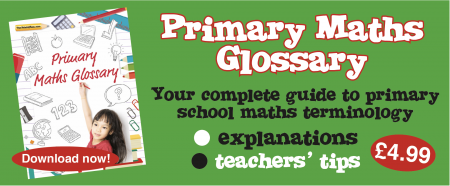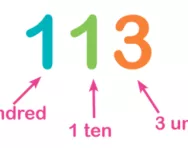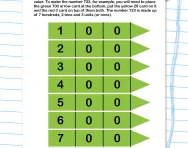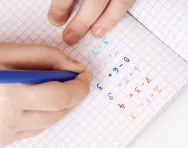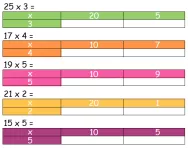Important update from TheSchoolRun
For the past 13 years, TheSchoolRun has been run by a small team of mums working from home, dedicated to providing quality educational resources to primary school parents. Unfortunately, rising supplier costs and falling revenue have made it impossible for us to continue operating, and we’ve had to make the difficult decision to close. The good news: We’ve arranged for another educational provider to take over many of our resources. These will be hosted on a new portal, where the content will be updated and expanded to support your child’s learning.
What this means for subscribers:
- Your subscription is still active, and for now, you can keep using the website as normal — just log in with your usual details to access all our articles and resources*.
- In a few months, all resources will move to the new portal. You’ll continue to have access there until your subscription ends. We’ll send you full details nearer the time.
- As a thank you for your support, we’ll also be sending you 16 primary school eBooks (worth £108.84) to download and keep.
A few changes to be aware of:
- The Learning Journey weekly email has ended, but your child’s plan will still be updated on your dashboard each Monday. Just log in to see the recommended worksheets.
- The 11+ weekly emails have now ended. We sent you all the remaining emails in the series at the end of March — please check your inbox (and spam folder) if you haven’t seen them. You can also follow the full programme here: 11+ Learning Journey.
If you have any questions, please contact us at [email protected]. Thank you for being part of our journey it’s been a privilege to support your family’s learning.
*If you need to reset your password, it will still work as usual. Please check your spam folder if the reset email doesn’t appear in your inbox.
What is expanded notation?

What is expanded notation?
Children are encouraged to use arrow cards in Key Stage 1 to help them understand that two-digit numbers are made up of tens and ones.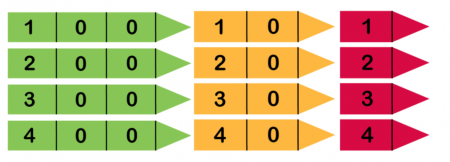
This is also referred to as understanding place value. This is the foundation to then being able to understand how to add and multiply two-digit numbers using expanded methods.
Expanded notation in primary school
Sometimes teachers will talk about an 'expanded method' for working out a number sentence. This means partitioning a number before carrying out an addition or multiplication. For example:
59 + 38 =
Using the expanded method, you would partition the numbers, then complete the calculations:
50 + 30 = 80
9 + 8 = 17
Expanded notation for multiplication
The expanded method for multiplication could be writing the calculation out like this:
63 x 45 =
3 x 40 = 120
3 x 5 = 15
2400 + 300 + 120 + 15 = 2835
Alternatively, you could use the grid method, which many people find easier:
| X | 60 | 3 |
| 40 | 2400 | 120 |
| 5 | 300 | 15 |
Expanded methods are often used by primary school teachers for addition and multiplication, because they allow children to see clearly what they are adding and multiplying, that is: 60 x 40, rather than 6 x 4. With the shorter methods like the column method, children are not encouraged to think about the fact that the numbers are tens and units and subsequently get no practice in multiplying and adding tens numbers.
